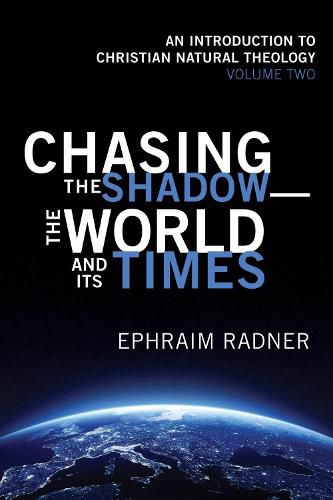Readings Newsletter
Become a Readings Member to make your shopping experience even easier.
Sign in or sign up for free!
You’re not far away from qualifying for FREE standard shipping within Australia
You’ve qualified for FREE standard shipping within Australia
The cart is loading…






This title is printed to order. This book may have been self-published. If so, we cannot guarantee the quality of the content. In the main most books will have gone through the editing process however some may not. We therefore suggest that you be aware of this before ordering this book. If in doubt check either the author or publisher’s details as we are unable to accept any returns unless they are faulty. Please contact us if you have any questions.
Christian natural theology is founded on the proper coordination of Scripture and the created world, what was once called The Two Books of God. Carrying forward the work he began in The World in the Shadow of God, Radner here reflects on the way that Scripture’s creative relationship with temporal experience–ordering history rather than being ordered by history–opens up the natural world to its essential Scriptural meaning. Like the earlier volume, poetic description is offered as a primary vehicle for doing natural theology, which is shown to proceed according to the figural shape of the Bible’s own description of the world.
$9.00 standard shipping within Australia
FREE standard shipping within Australia for orders over $100.00
Express & International shipping calculated at checkout
This title is printed to order. This book may have been self-published. If so, we cannot guarantee the quality of the content. In the main most books will have gone through the editing process however some may not. We therefore suggest that you be aware of this before ordering this book. If in doubt check either the author or publisher’s details as we are unable to accept any returns unless they are faulty. Please contact us if you have any questions.
Christian natural theology is founded on the proper coordination of Scripture and the created world, what was once called The Two Books of God. Carrying forward the work he began in The World in the Shadow of God, Radner here reflects on the way that Scripture’s creative relationship with temporal experience–ordering history rather than being ordered by history–opens up the natural world to its essential Scriptural meaning. Like the earlier volume, poetic description is offered as a primary vehicle for doing natural theology, which is shown to proceed according to the figural shape of the Bible’s own description of the world.